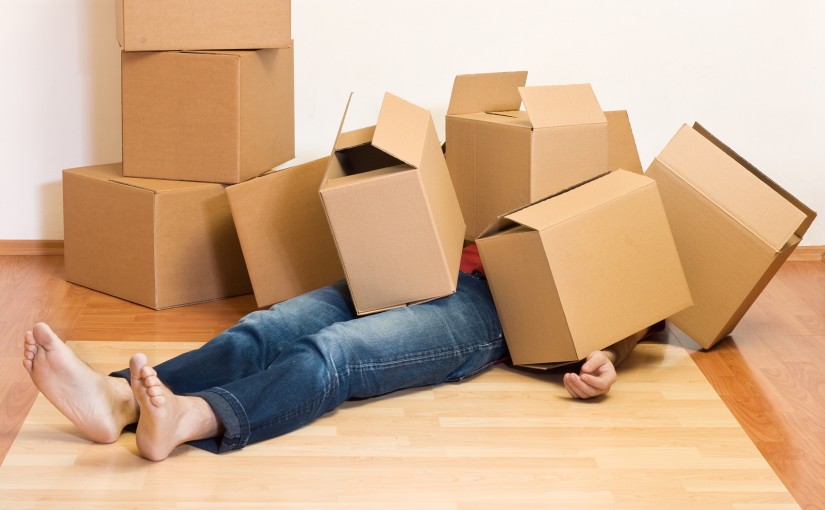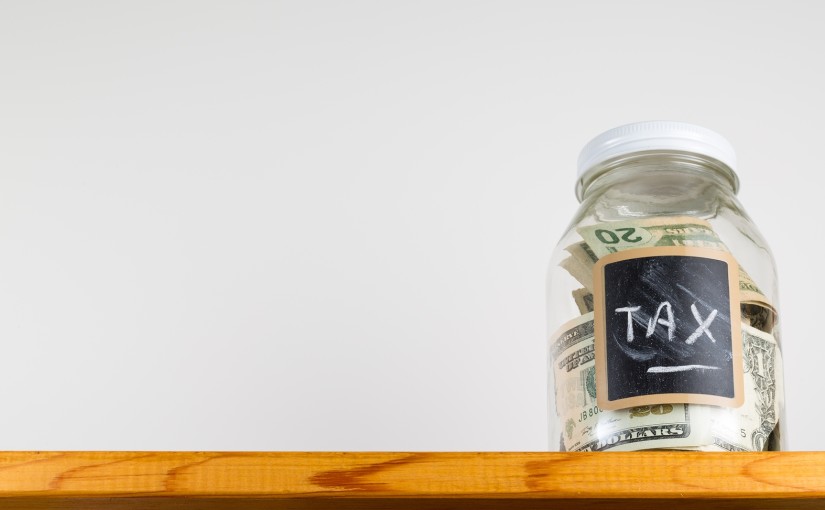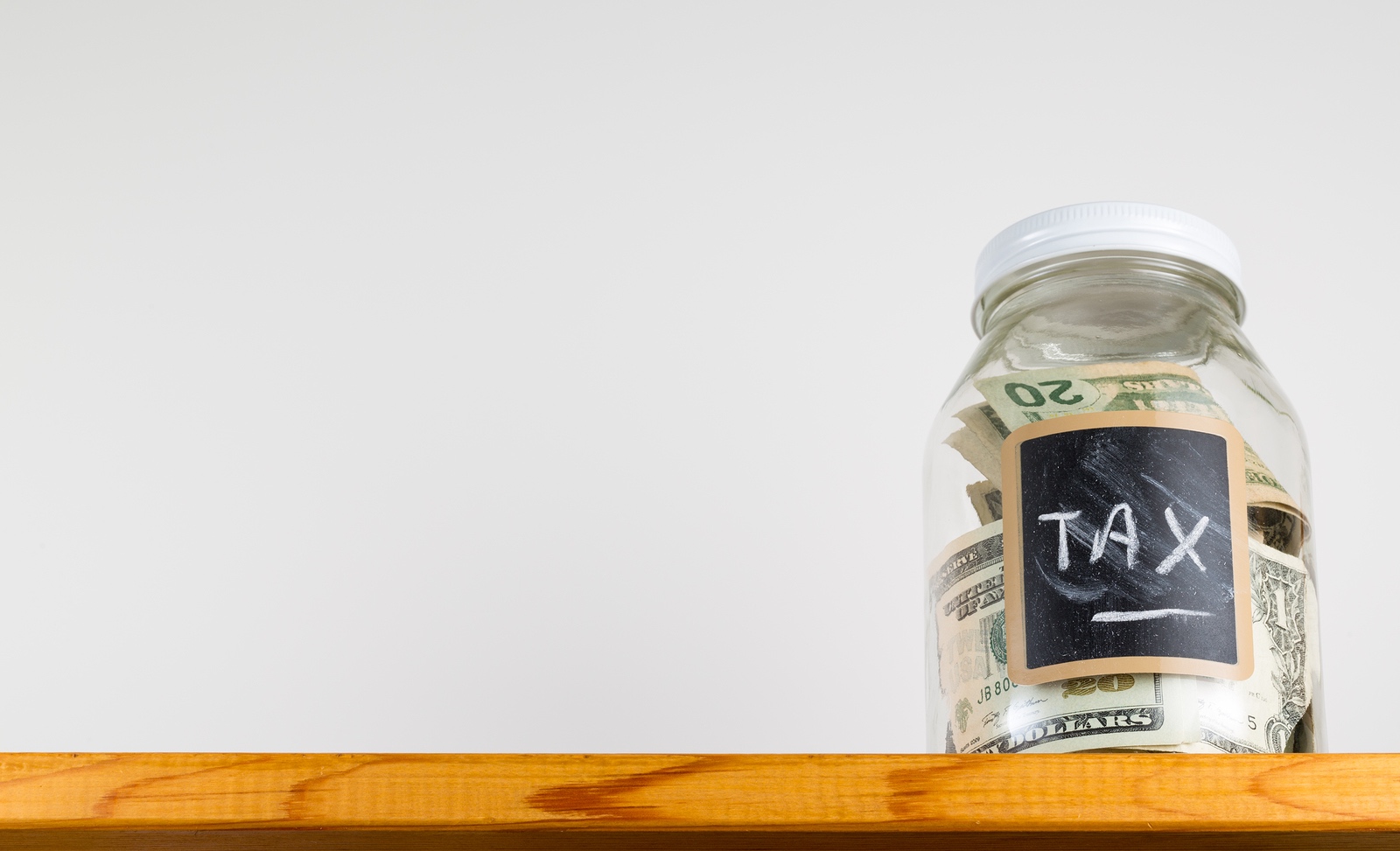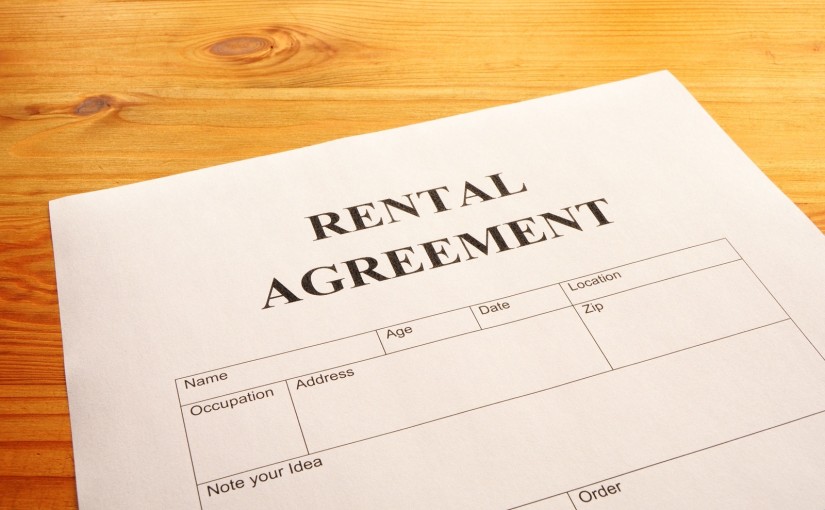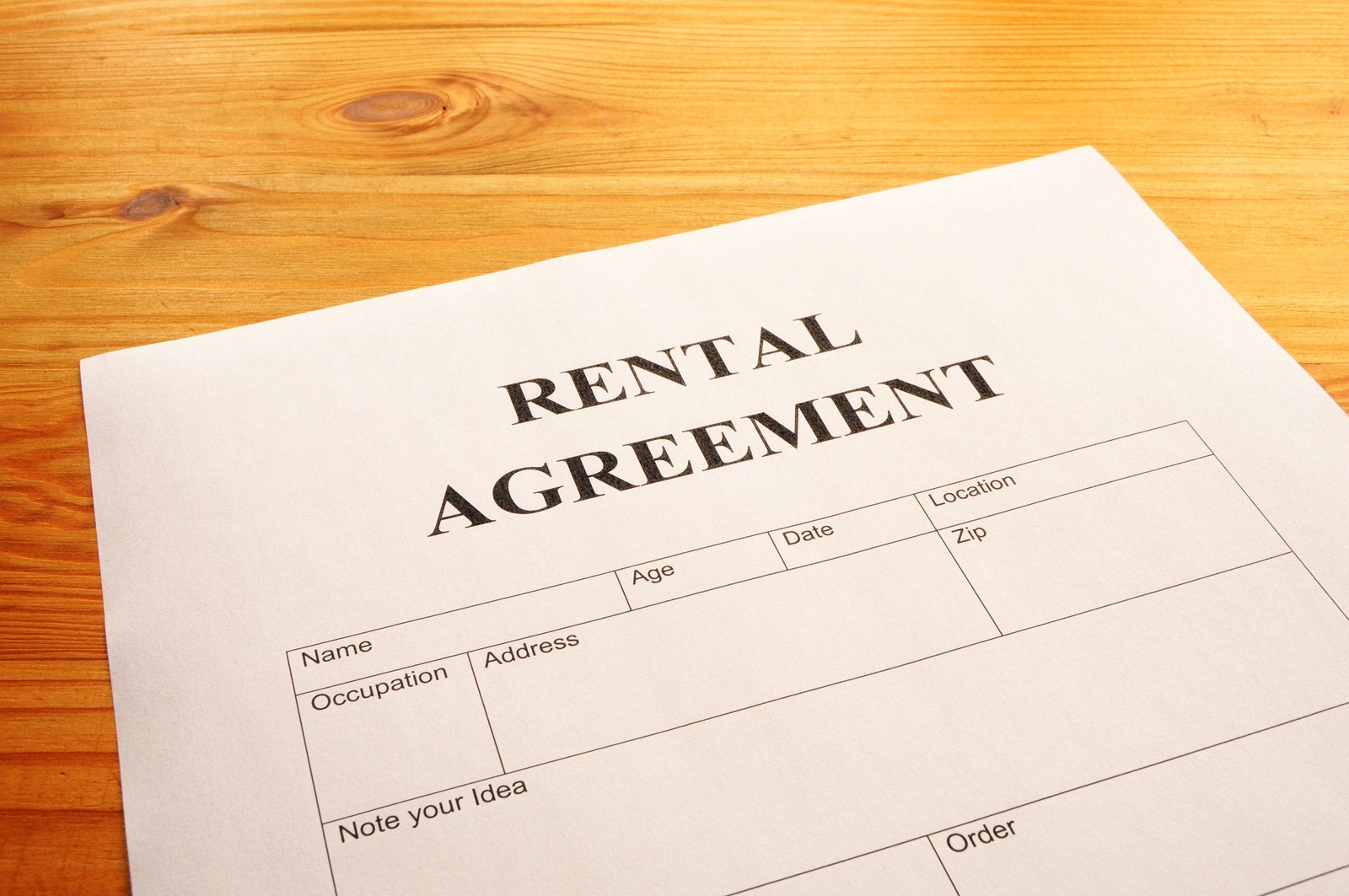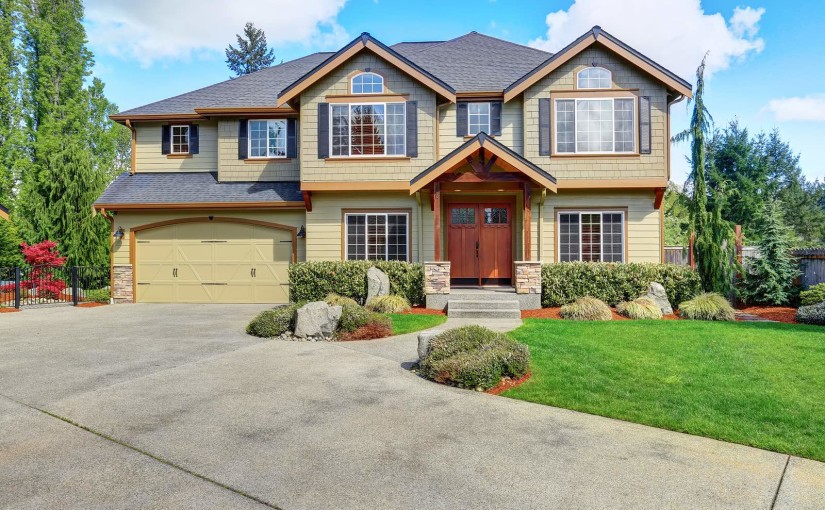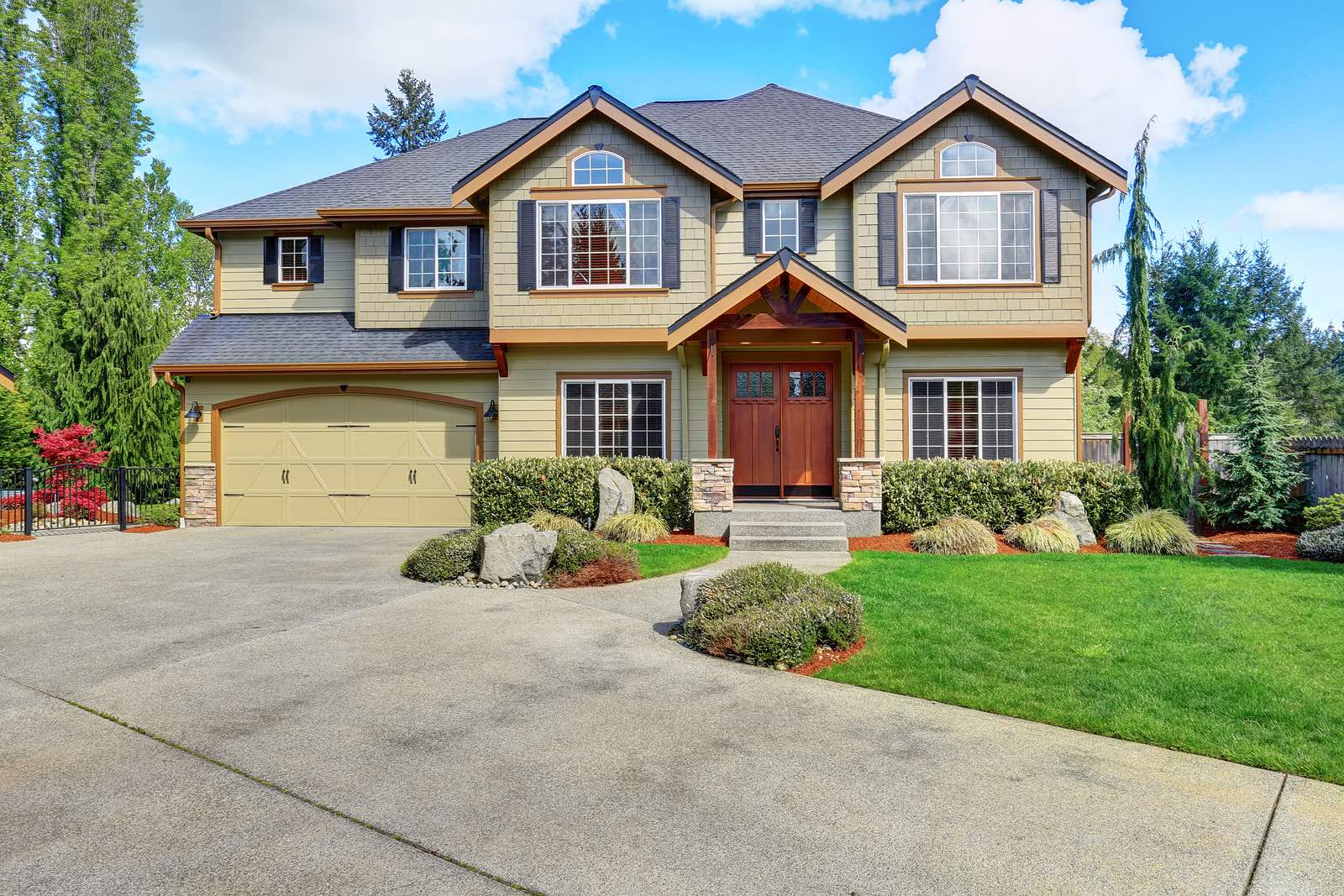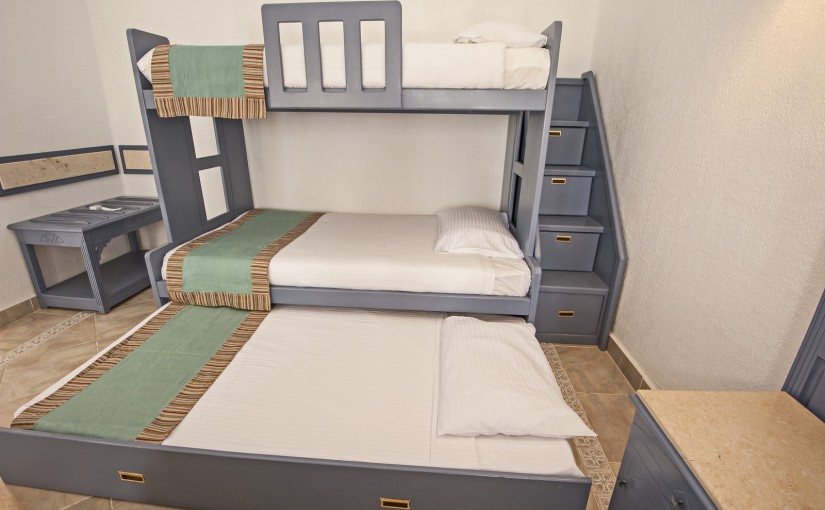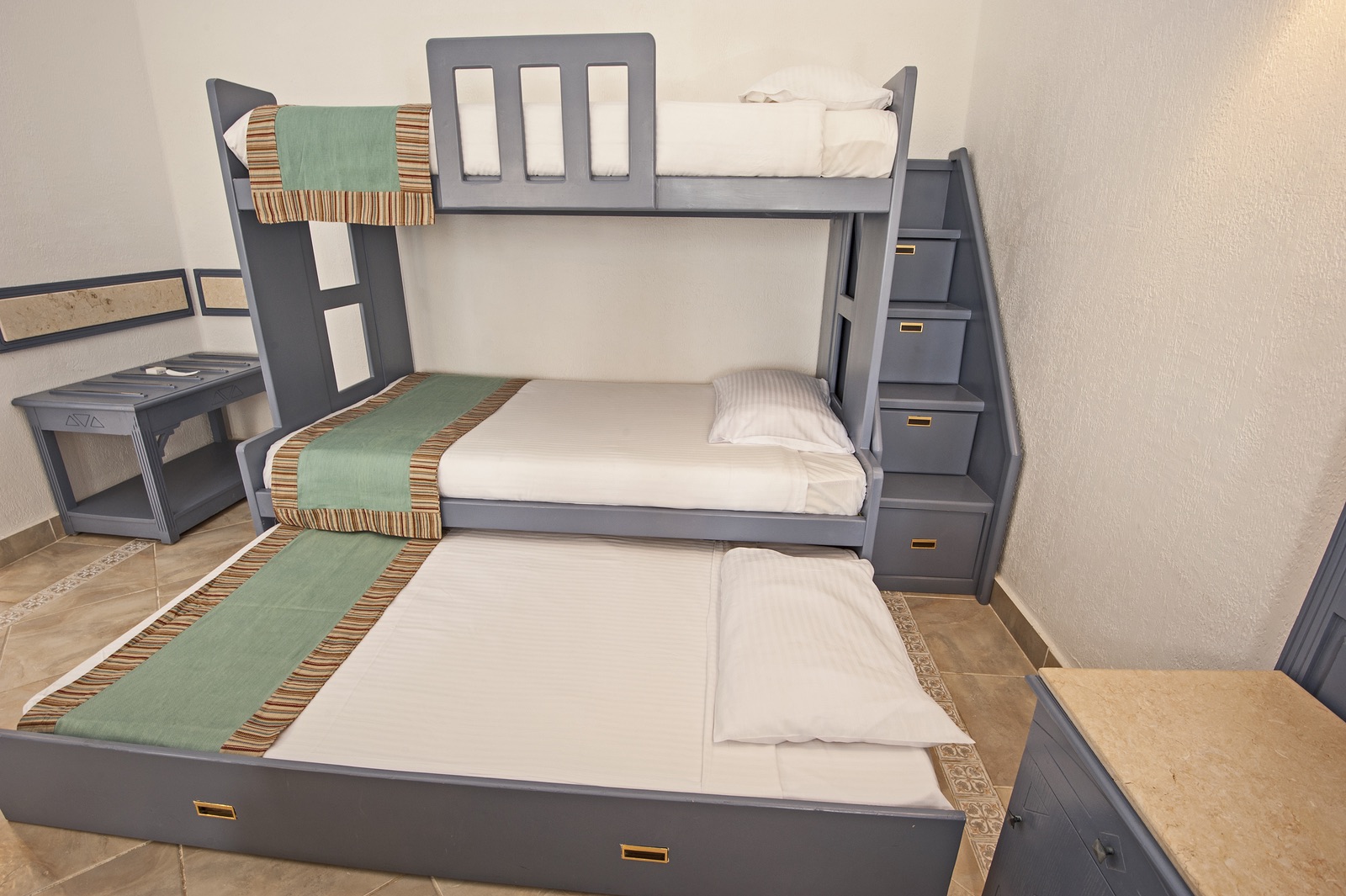
Relocating to a different property can be very stressful. Below are the most common moving day problems and how to avoid them.
Bad moving company
Some moving companies are incompetent and can even be completely fraudulent.
The movers don’t show up or arrive late
The time you agreed with the company passes and after making a phone call you are given an excuse, more time elapses before the movers finally turn up several hours late. The result is a very stressful day and a lot of wasted time. The worst possibility is that you cannot get in contact with the moving company and are left with a wasted day and the financial loss of the deposit you gave to a fraudulent moving company that disappeared.
Your movers aren’t prepared
Your moving day can also be disastrous if the company you hire arrives in a vehicle too small to transport your belongings, or lacks the expertise and equipment to safely handle your valuable items. An incompetent moving company may cram your belongings into a small van and scratch your expensive TV, or drop the set of china you inherited from your grandmother. The result is an emotionally and financially damaging moving day.
The movers are criminals or scammers
This might be the worst potential problem that can occur with the movers. The moving scammers may ask for much more money than was previously agreed by claiming that extra services are required for the move. They can even withhold your belongings until you pay an additional fee, or steal your expensive items and abandon the rest.
The solution to problems with moving companies is simple. Ensure that you carefully research the company before hiring them and handing over any deposit. Make sure that you are hiring a reputable company that is experienced and fully licensed. It is also recommended that you purchase any appropriate insurance for transporting your possessions, better to be safe than sorry.
Problems with traffic
Bad traffic or accidents can derail your moving day.
Stuck in traffic
The moving truck is late due to traffic and you run out of time to go ahead with your move. You might have to postpone your moving day and go through the stress of moving all over again.
Accidents
A traffic collision could occur on the moving truck’s route, it could delay the arrival of your belongings. The worst scenario is that the moving truck is involved in the accident and your possessions are badly damaged or even worse and lost completely.
The moving truck breaks down
If the moving truck breaks down you will have to wait for a replacement vehicle and transfer your belongings. Your relocation will delayed by some considerable time.
Parking problems
There is no space for the moving truck to park, you may have to wait for hours until a suitable space opens, or the moving truck has to park a long way from your new home. As well as wasting your time, the moving company may charge you for the delay or the extra distance they have to carry your possessions.
Sometimes you will suffer bad luck, and there is not much you can do about breakdowns and accidents. Pick a reputable moving company with several vehicles and make sure to reserve a parking space outside your old and your new home if possible.
Bad organization
Plan your relocation step by step to avoid the common moving day problems below.
Last minute packing
If you leave packing to the last minute, you may discover that you have many more possessions to relocate than you previously thought and it doesn’t fit into the moving truck. You might not even be ready when the movers arrive and lose time and possibly money due to extra fees.
Furniture issues
If your larger possessions don’t fit through the door, you might have to pay for a hoisting service to have it removed at extra cost, or leave behind items that have sentimental value.
Problems with paperwork
Many people forget to transfer utilities and don’t have any electricity or water when they arrive at their new property. You can be fined if you don’t change the registration of your car and driver’s license in time.
Safety concerns
Don’t overlook safety on moving day. Many people suffer injuries and accidents on their moving day by overlooking safety concerns.
